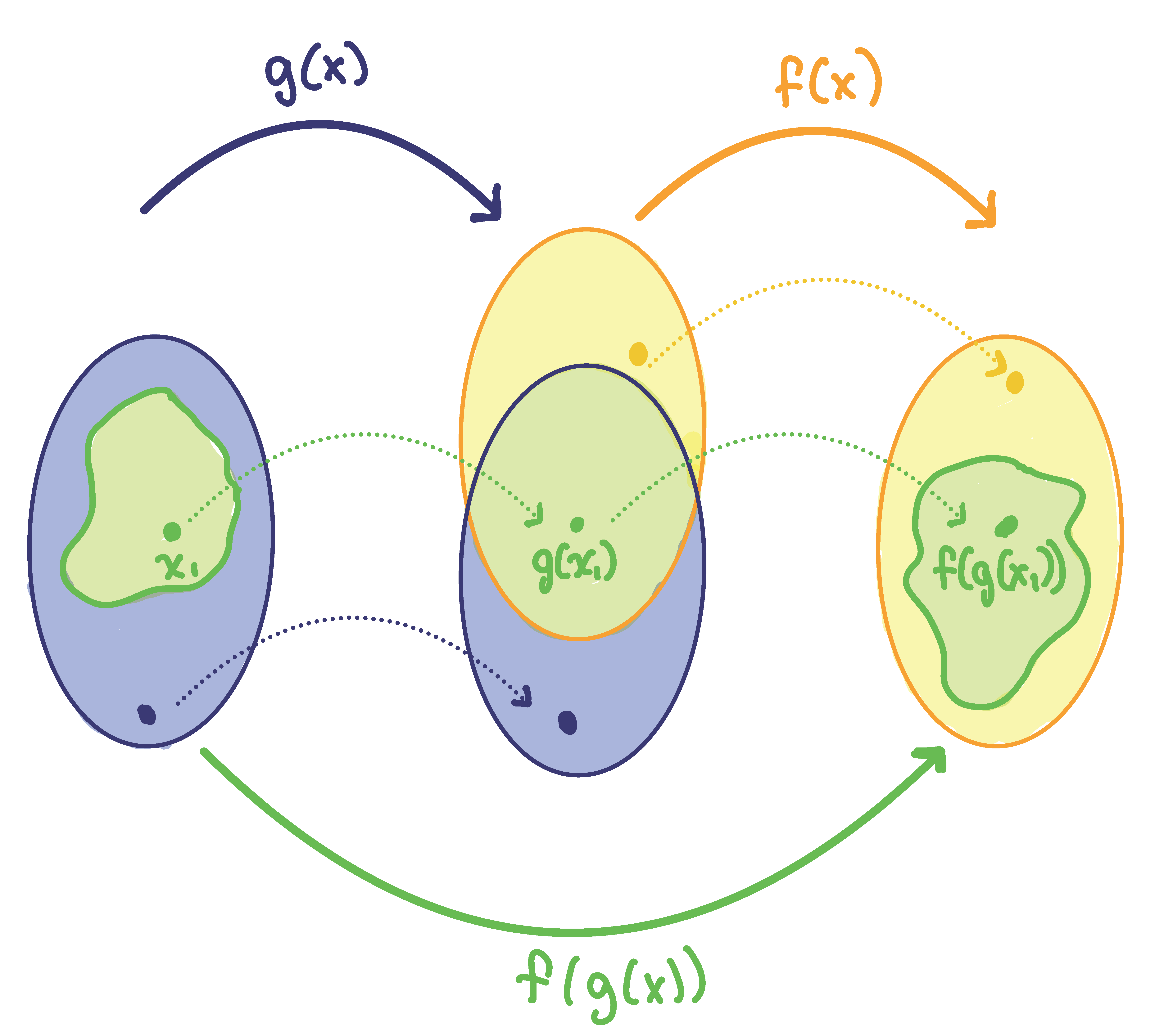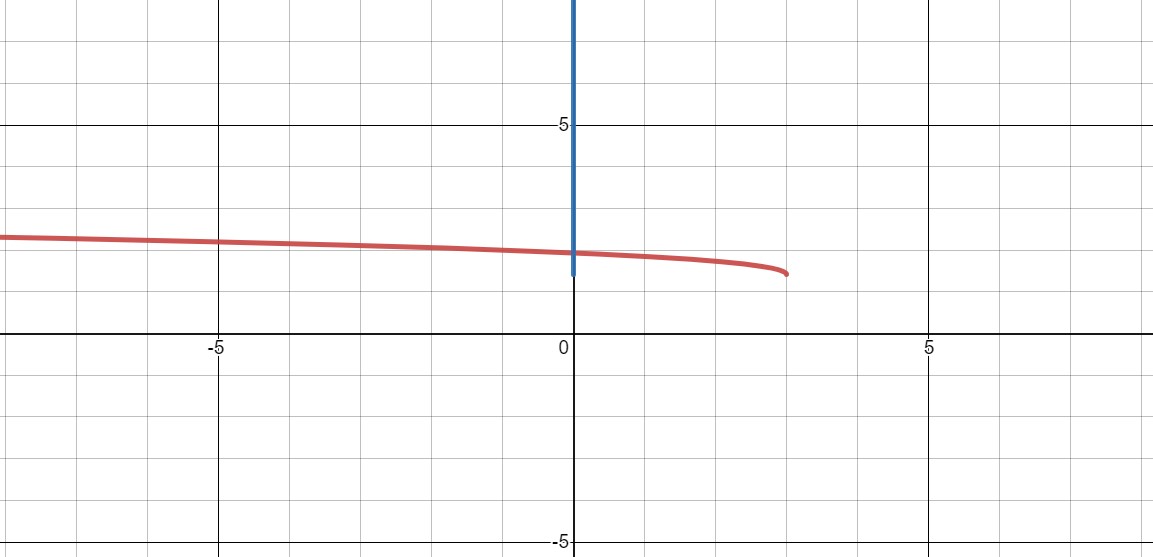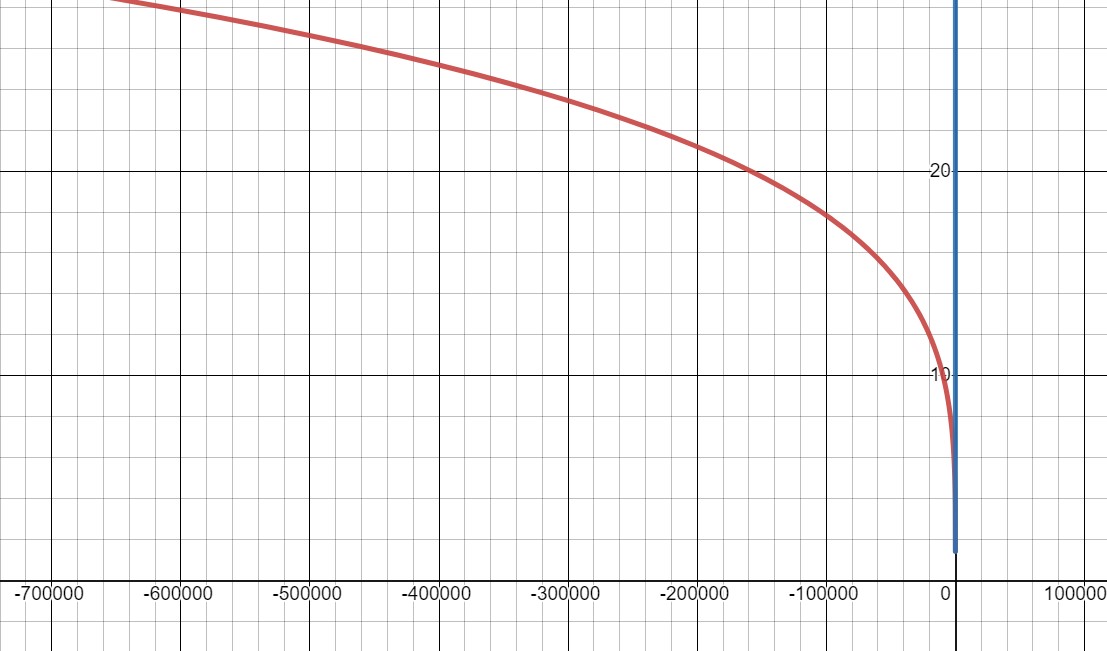We explore the domain and range of a composite function.
- How does the process of function composition affect the domain of the function?
- How does the process of function composition affect the range of the function?
Domains of Composite Functions
The domain of a composite function, such as , is dependent on the domain of and the domain of . The domain of is important because it tells us when we can apply a composite function and when we cannot.
Let us assume we know the domains of the functions and separately. We can write the composite function for an input as . Using the figure in Remark 2 below, we can see that must be a member of the domain of in order for the expression to be meaningful, because otherwise we cannot complete the inner function evaluation. However, we also see that must be a member of the domain of , otherwise the second function evaluation in cannot be completed, and the expression is still undefined. Thus the domain of consists of only those inputs in the domain of that produce outputs from belonging to the domain of . Note that the domain of composed with is the set of all such that is in the domain of and is in the domain of .

To find the domain of a composite function, , you can follow these three steps:
- 1)
- Find the domain of .
- 2)
- Find the domain of .
- 3)
- Find those inputs in the domain of for which is in the domain of . That is, exclude those inputs from the domain of for which is not in the domain of . The resulting set is the domain of .
So the domain of is the set of all real numbers except and . This means that
We can write this in interval notation as
This example shows that knowledge of the range of functions (specifically the inner function, which in this case the range is ) can also be helpful in finding the domain of a composite function. It also shows that the domain of can contain values that are not in the domain of , though they must be in the domain of . In this example, the domain of is but the domain of is .
Ranges of Composite Functions
The range of a composite function such as is dependent on the range of and the range of . It is important to know what values can result from a composite function, that is, to know the range of a function such as .
Let us assume we know the ranges of the functions and separately. If we write the composite function for an input as , we can see that must be a member of the range of since we will input the value into . However, we also see that it is possible that not all values in the range of are in the range of .

From the image above, we can see that there might be values in the yellow region which are in the range of but for which there are no values for which gives that output.
To find the range of a composite function, , you can follow these three steps:
- 1)
- Find the range of .
- 2)
- Find the range of .
- 3)
- Restrict the domain of to the range of and then determine the outputs of of these values.
If we look at this function in Desmos, we can confirm graphically that this answer makes sense. What we want to do is think about collapsing the graph unto the -axis. The range of the function will be the -values that correspond to a point on the curve.
First, we graph the function using a standard window.

This allows us to see the domain pretty well. In the previous example, we found the domain to be and if we collapse this function to the -axis, it looks like the -values that correspond to points on this curve are exactly the in . If might be difficult to tell the domain from this graph, though. Let’s zoom out some.

Here is the same graph in Desmos, so you can zoom in and out yourself.
You can now see that the blue line is showing this graph collapsed to the -axis. We can tell that the range will be positive numbers above some value between 1 and 2. This corresponds with our result above of . In order to find the exact point where the interval begins or to confirm that the interval really goes to infinity, we need to do the reasoning above.
- For a composite function to be defined, we need outputs of to be among the allowed inputs for . In particular, if the range of is a subset of the domain of , we can say that if and , then . In this case, the domain of the composite function is the domain of the inner function, and the range of the composite function is the codomain of the outer function.
- In general, the domain of a composite function is the set of those inputs in the domain of for which is in the domain of .
- In general, the range of a composite function is a subset of the range of .